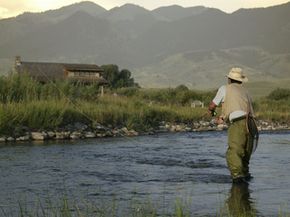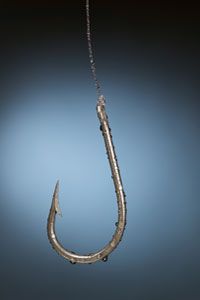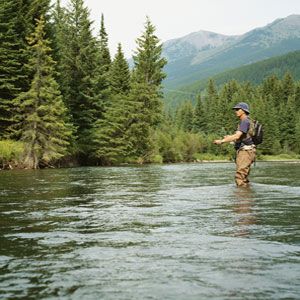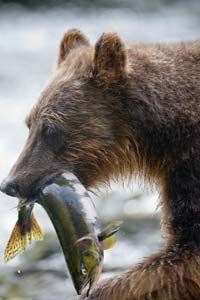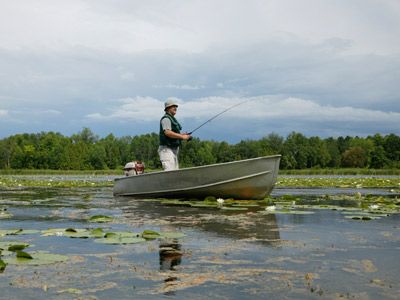Ask any fisherman, and he'll tell you that there's nothing quite like the tug of a fish on the end of the line. Once you land your catch, there's a decision to make -- keep it or release it. Most times the decision is made for you. Rivers and lakes all over the world are managed by wildlife organizations governed by agencies like the U.S. Department of Interior. These groups spend a great deal of time studying fish populations in the lakes, rivers and oceans of the world. Based on the findings of these studies, limits are imposed on the number, size and species of fish that can be kept. There are also rules regulating where and when fishing is allowed to take place in a body of water or region. These rules change with the growth or decline of a particular species. It's called wildlife management, and it's an important part of ensuring that fish thrive in the future.
Advertisement
Fish populations are at risk though, according to some studies. One such study found that as many as four out of 10 freshwater species in North America are in danger of approaching extinction [source: Borenstein]. Much of the blame goes to water pollution and other damage to the natural habitat, but some of it can be placed on overfishing. Oceans are in even worse shape. Marine biologists in Nova Scotia believe that all saltwater fish and seafood species could collapse by the year 2048 [source: Perlman].
But the rules don't cover every species in every habitat. Many times the restrictions leave room for each angler to make a decision whether to catch and release or keep the fish for dinner. Is the practice of catch and release the environmentally responsible thing to do or are there occasions where keeping the fish can actually help the population thrive?
Advertisement
